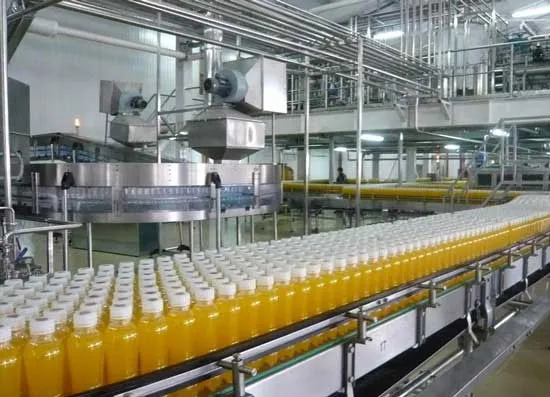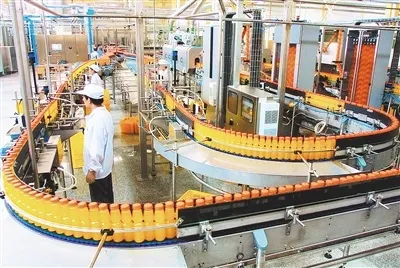The following is a summary of the process used to produce orange juice. The first step is the reception of raw materials: in this activity the raw materials are received and temporarily stored for the process of making orangeade.

Ingredient Mixing: it begins with the preparation phase where the ingredients are added to obtain the mixture of the best Naranjada, in short, are poured into stainless steel industrial containers: sugar, citric acid, preservative, sodium benzoate, orange concentrate, orange essence and the following chemicals: Naoh Sodium hydroxide, phenolphthalein.
The unification of the solid particles must be homogenized in the liquid, so the composition undergoes a standardization process in special equipment. Quality analysts sample the product to analyze and certify that the mixture complies with quality standards, otherwise corrective measures must be taken.
Gestation: process that involves leaving the liquid mixture of the pasteurized juice ingredients to stand for 15 minutes, Pasteurization: After the juice is within the formulation standards, it is subjected to thermal treatments, higher than 70° Celsius, to reduce pathogenic agents that may alter the composition and flavor in the future.

This heating process is known as pasteurization and was invented by the French chemist Louis Pasteur in 1864. The intellectual sought to partially sterilize liquid foods. This technology guarantees the properties of the juice, so the product can remain sealed and unrefrigerated for 45 days.